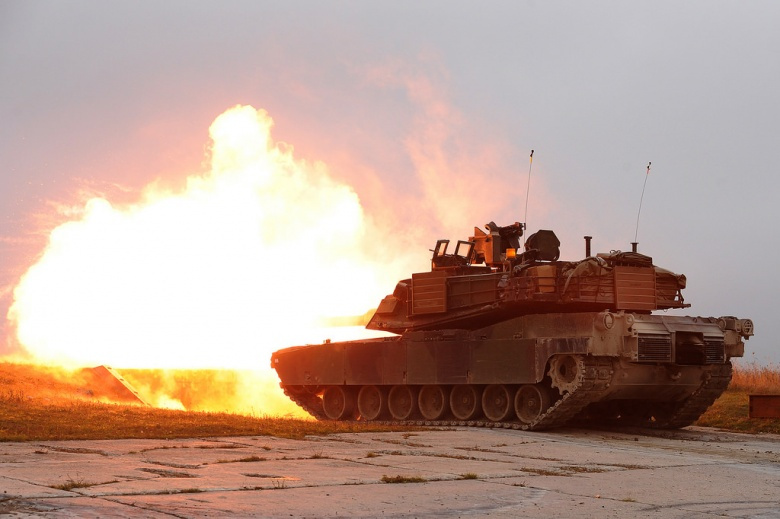Korean Defense Offset Program Guidelines

© Crown copyright 2015 This publication is licensed under the terms of the Open Government Licence v3.0 except where otherwise stated. To view this licence, visit or write to the Information Policy Team, The National Archives, Kew, London TW9 4DU, or email:. Where we have identified any third party copyright information you will need to obtain permission from the copyright holders concerned. This publication is available at https://www.gov.uk/government/publications/defence-and-security-export-market-briefing-south-korea/defence-and-security-export-market-briefing-south-korea. See the guide for more country information. 1.2 International organisations In recent years South Korea has played a greater international role. At one stage it was the third largest contributor of troops to the coalition in Iraq.
South Korea currently has about 1,300 military operating in 16 countries although the most significant deployments are to in Lebanon and anti-piracy operations off Somalia. Tyrian Windows. Defence South Korea is developing its own defence industry, and interested in growing its exports. South Korea has a highly capable ship-building capability. It has a developing aviation industry which produces both licenced production helicopters and local designed supersonic trainers. It also produces armoured vehicles, including main battle tanks which have been successfully exported. South Korea’s is responsible for managing the acquisition of new defence capabilities.
Code of Ethics and Business Conduct - Lockheed Martin. TIME-OFF AWARD PROGRAM - FSIS Intranet Home. SUBPART 225.73--ACQUISITIONS FOR FOREIGN MILITARY SALES. South Korea: DAPA revises offset guidelines. South Korea’s Defence Acquisition Programme Administration (DAPA) has reviewed offset guidelines and introduced a. Xml Template V11 Rar there.
This follows the South Korea services identifying the capability needs, and these requirements then being analysed by the South Korean Joint Chiefs of Staff and Ministry of National Defence. For UK companies seeking to do business in South Korea a local presence is desirable. UK companies may also do business with and through South Korean defence companies. 2.1 Defence spending The 2013 defence budget was USD 33.9 billion. Some 6% of the Defence Procurement Budget is currently spent on research and development, an increasing proportion of this budget being spent locally. 2.2 Offset policy The South Korean government has stated the following: Conditional trade demands certain level of offsetting measures such as technology transfer and parts re-exported when acquiring weapon systems or equipment from foreign entities.
Offset applies to all overseas acquisition programmes worth more than 10 million USD. However, it is possible to apply to programs worth less than 10 million USD when it is considered that offset trade is needed. For further information on the offset programme can be found on the. 2.3 Defence market opportunities For opportunities where South Korea has an indigenous capability, overseas companies will not be invited to tender. However, there remains opportunity for UK companies to work with the South Korean prime contractors. The South Korean prime contractor is likely to have significant South Korean content obligations in their contract terms, and will seek local firms to undertake subcontract work. There are a number of significant projects that may offer opportunities to UK industry: Aviation ‘KFX’ is a South Korean programme with Indonesia to develop an advanced multirole fighter aircraft.